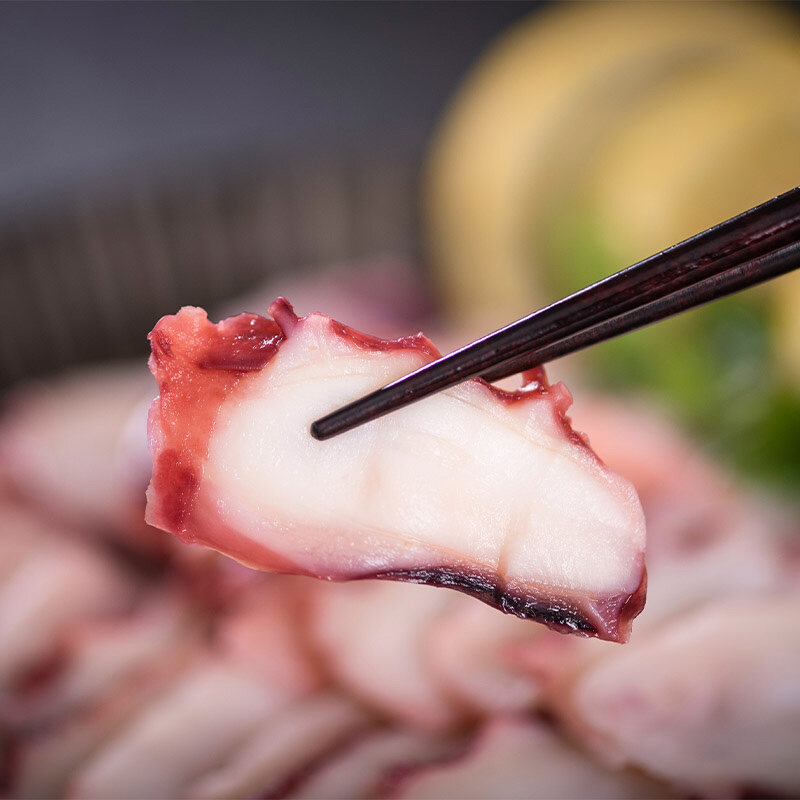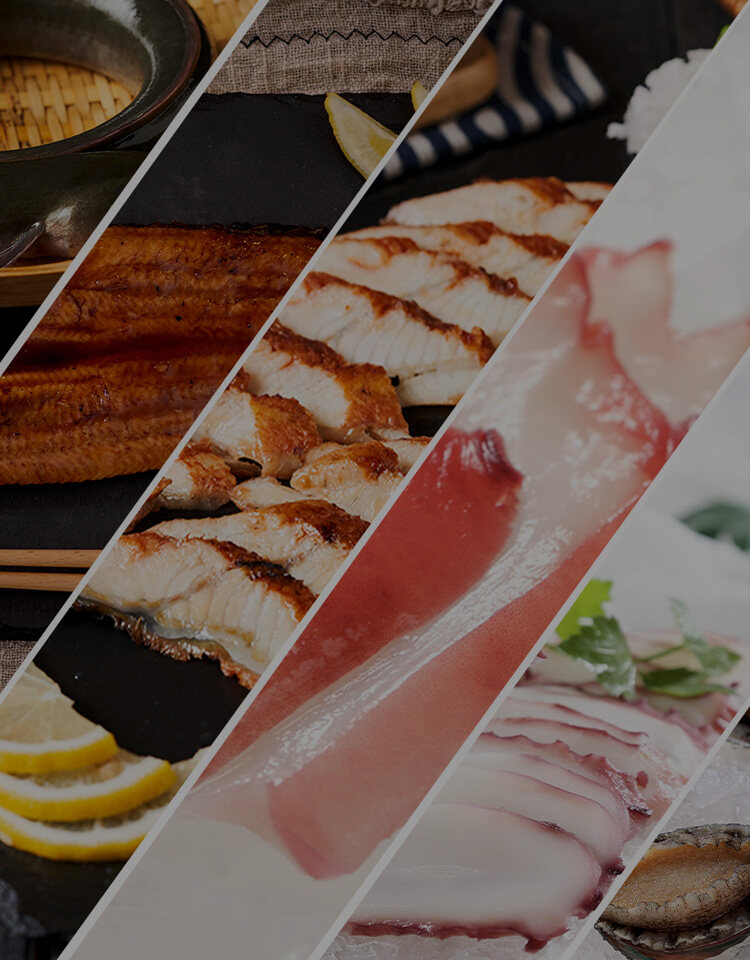Email cannot be empty
Password cannot be empty
Email format error
Email cannot be empty
Email already exists
6-20 characters(letters plus numbers only)
The password is inconsistent
Email format error
Email cannot be empty
Email does not exist
6-20 characters(letters plus numbers only)
The password is inconsistent


IQF Freezing Process
IQF stands for "Individually Quick Frozen" and refers to a process of freezing food products quickly and separately. This technique is used to maintain the quality, texture, and freshness of the food while also extending its shelf life. The IQF freezing process involves several stages, which are described below:
Stage 1: Pre-Treatment
Before the freezing process begins, the food products must be prepared and pre-treated. This includes cleaning, sorting, and grading the items to ensure they are of high quality and free from any defects or contaminants. The products are then blanched or cooked to reduce microbial activity and preserve their natural color and texture.
Stage 2: Freezing
Once the pre-treatment is complete, the products are ready for freezing. In this stage, the products are loaded onto a conveyor belt and passed through a blast freezer. The temperature inside the freezer can range from -30°C to -60°C, depending on the specific product being frozen. The individual quick-freeze method ensures that each item is quickly frozen, preventing the formation of large ice crystals that can damage the cellular structure of the food.
Stage 3: Sorting and Packaging
After the products have been frozen, they are sorted according to size, weight, and shape. This allows for easier handling during storage and transportation. The products are then packaged in air-tight bags or containers to prevent moisture loss and freezer burn. The packaging materials used are carefully selected to ensure they do not affect the quality, flavor, or appearance of the products.
Stage 4: Storage and Transportation
The final stage of the IQF freezing process involves storing and transporting the frozen products. The products are stored in temperature-controlled freezers at a temperature of around -18°C to maintain their quality and freshness. The products are transported in refrigerated trucks or shipping containers to ensure they remain frozen during transit.
In summary, the IQF freezing process is a highly efficient method of freezing food products that preserves their natural flavor, texture, and appearance. It involves pre-treating the products, freezing them quickly and separately, sorting and packaging them, and storing and transporting them at a low temperature to preserve their quality.
Benefits of IQF Freezing Process:
The IQF freezing process is a popular choice among food producers and consumers for several reasons. Some of the key benefits of this technique include:
-
Retains Freshness: The IQF process ensures that each individual item is frozen quickly, which helps preserve their freshness and quality. This means that the taste, texture, and appearance of the products remain unchanged even after freezing.
-
Prevents Clumping: Because the products are frozen individually, they do not stick or clump together. This makes them easier to handle and package, and also allows for better portion control.
-
Long Shelf Life: IQF frozen products have a longer shelf life compared to other types of frozen foods. This is because the quick-freezing process prevents the growth of bacteria and other microorganisms that can spoil food.
-
Easy to Use: IQF frozen products can be used straight from the freezer without thawing, making them a convenient option for consumers.
-
Reduces Food Waste: IQF freezing provides greater flexibility in terms of portion control, allowing producers to freeze only the amount of food needed at any given time. This reduces food waste and saves costs.
IQF Freezing Applications:
The IQF freezing process is commonly used for a wide range of food items, including fruits, vegetables, seafood, meat, dairy products, and bakery goods. Some popular applications of IQF freezing include:
-
Frozen Vegetables: IQF frozen vegetables such as peas, green beans, carrots, and broccoli are commonly used in restaurants, hotels, and homes.
-
Fruits: IQF frozen fruits like berries, cherries, and mangoes are popularly used in smoothies and desserts.
-
Seafood: IQF freezing is used to preserve the quality and freshness of seafood like shrimp, scallops, and fish fillets.
-
Meat: IQF freezing is popularly used to freeze meat products like chicken nuggets, beef patties, and pork chops.
In conclusion, the IQF freezing process is an efficient technique that helps preserve the quality, texture, and flavor of food products while also extending their shelf life. It provides a flexible and convenient option for food producers and consumers, making it a popular choice in the food industry.

